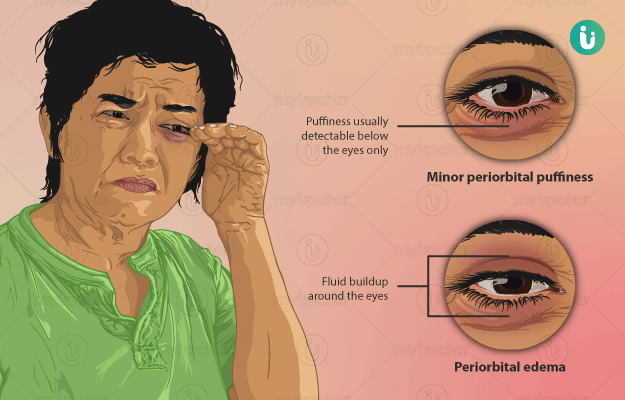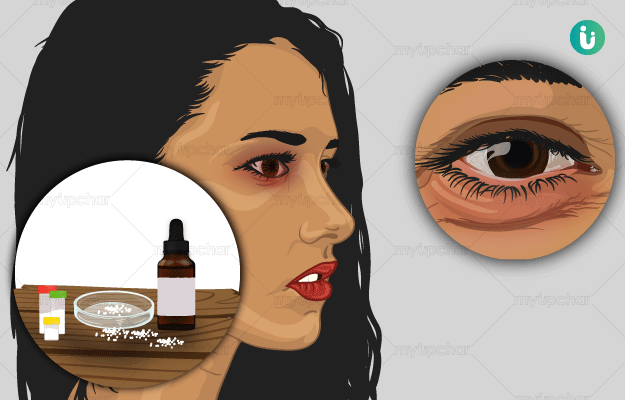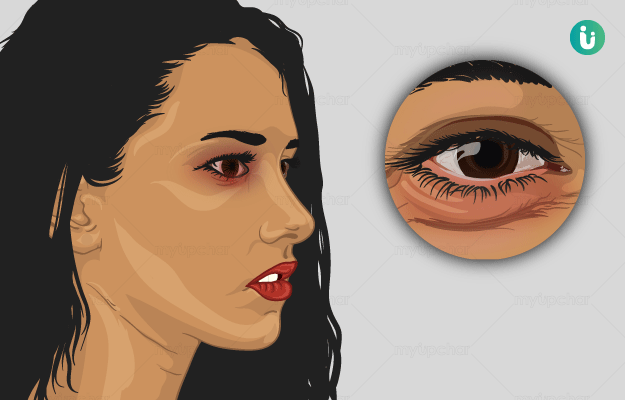Summary
Eyes or eyelids get swollen when fluid accumulates in the tissues surrounding them. An eye swelling particularly in your lower or upper eyelid can cause discomfort. It commonly goes away on its own within 24 hours. When there is an inflammation around the eye, it can affect the eyelids and tissues around the eye, causing swelling. Some of the conditions that can be associated with a swollen eye are a black eye, conjunctivitis, eye allergies, cellulitis of the eye, and corneal ulcer. If the cause isn’t an injury or an infection, the swelling may disappear after rinsing the eye, or a cold compression on the eye using a soaked washcloth. You may use anti-allergic eye drops if you have swelling due to an allergy and make sure to take off your contact lenses if they are the cause of swelling in your eye. If swelling of the eye lasts for more than 24 to 48 hours and accompanies symptoms including eye(s) pain, blurry vision and reduced vision, you need to visit your eye doctor immediately.

 Doctors for Swollen Eyes
Doctors for Swollen Eyes  OTC Medicines for Swollen Eyes
OTC Medicines for Swollen Eyes
 Swollen Eyes articles
Swollen Eyes articles

 Homeopathic Treatment of Swollen Eyes
Homeopathic Treatment of Swollen Eyes







 Dr. Rachita Narsaria
Dr. Rachita Narsaria

 Dr. Apratim Goel
Dr. Apratim Goel











